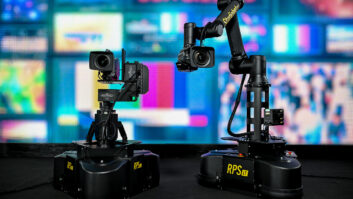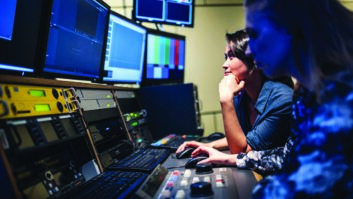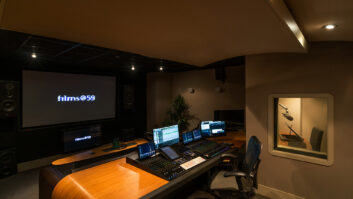Most broadcasters and media providers know the reality of the production workflow – it’s high pressured with teams tasked with tight deadlines and delivery expectations with little room for error. The broadcast production process uses a lot of time and resources and may not be as sustainable as it could be.

This has led to intense debate and exploration surrounding the broadcast production workflow, with broadcasters and media providers trying to find an efficient method to make the process run smoothly and consistently, whilst also considering a sustainable approach. The problem is that many widely used systems implemented by media service providers and broadcasters save less time for little value, meaning more resources and energy being wasted – making the broadcast production process for many providers lengthy and inefficient, as well as unsustainable.
The end game is to reduce the noise and eventually create a more sustainable, efficient workflow that meets the deadlines and makes consumers happy. The question is, how do we achieve this?
Beginning to prioritise sustainability
In order to prioritise sustainability in the broadcast production workflow, there are a few elements that need to be considered. The key to sustainable workflows is streamlining processes and maximising efficiency. While the process of logging and adding metadata, and reviewing is almost always done these days, the key thing for an efficient and more sustainable workflow is the stage at which these processes are done. By doing this early on before footage is added to the workflow helps save time, and ultimately streamlines the entire process from camera to delivery.
With advances in technology and cloud availability, the added benefit is being able to carry out logging and reviewing remotely further reducing the carbon footprint of production. Being able to reduce equipment and travel costs, not to mention resources, plays a pivotal role in contributing to a sustainable and efficient production process. By implementing remote production into the broadcast workflow, media operators in separate locations to where the footage is being produced can begin to upload content from cameras direct to the cloud reducing the need for heavy, bulky equipment such as OB trucks and various other equipment that would usually to be transported to an on-prem site.
Logging and reviewing – creating a path to sustainability
Logging and reviewing content as it is being recorded is more efficient and quicker than editors waiting for content to be ingested and saved to storage before they can start the post-production editing process. By logging footage before it is brought into the main workflow, editors can add metadata that identifies certain elements within the content such as actors, sports figures, musicians or even something as simple as what is happening at that precise moment – emotions, expressions, and audience reaction. Markers can also be added at this stage for post-production editors to use in their process at the next stage in the workflow. Not only does this help with the overall efficiency of the workflow, but ultimately aids in creating higher quality, engaging content for the viewer.
Not just this, but if logging and review is done at the stage content is recorded, media operators can tag, log and curate external materials that aid in further efficiencies for the editing process. Marking highlighted content and key clips makes the overall process much quicker and more efficient in the post-production stage.
This approach to the broadcast production workflow means content is ready end-to-end in less time, having used less energy and resources to produce it. Overall, it is more cost-effective for organisations. They are having to pay for less equipment and people that would ordinarily be needed to operate an on-prem production set up and some of the lengthy processes are also removed which often increase costs at every turn.
What does the future look like?
With the broadcast and media industry changing so much in recent years, it is essential for the industry to consider the sustainability of its solutions. Being more efficient in the production stage brings efficiency savings later as content moves through the supply chain. Building a sustainable broadcast production workflow is the first step in creating not only a greener method of operation but a more efficient one too.
Taking the time and effort to move towards a workflow with reduced energy, travel and on-prem requirements not only benefits the sustainable nature of our workflows but also the widespread efficiency and application of industry professionals and teams working on these projects.







